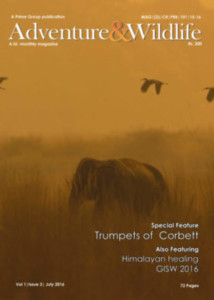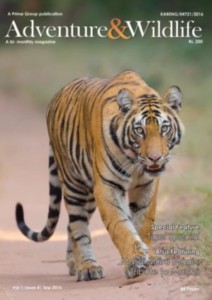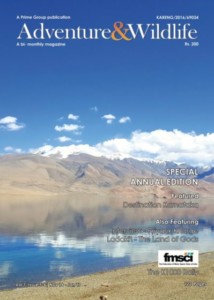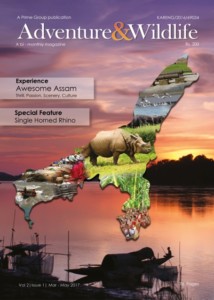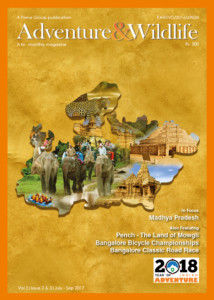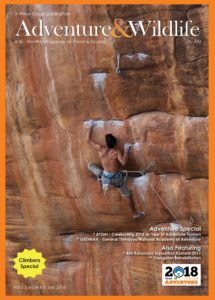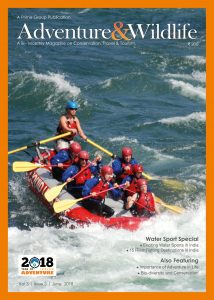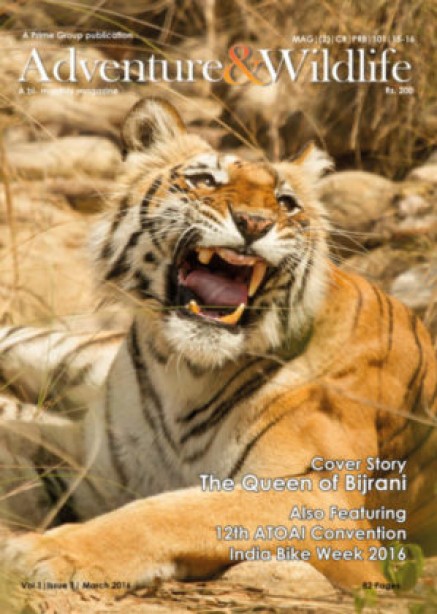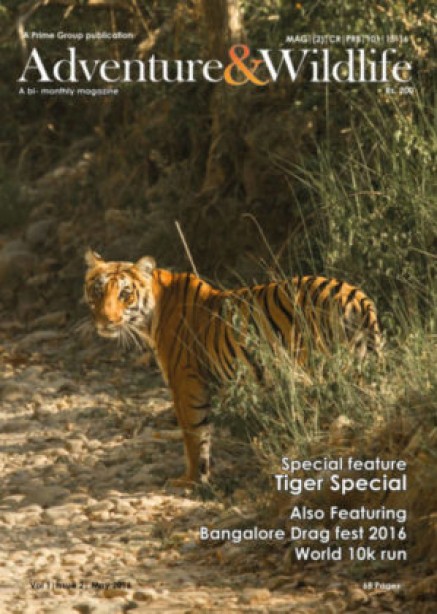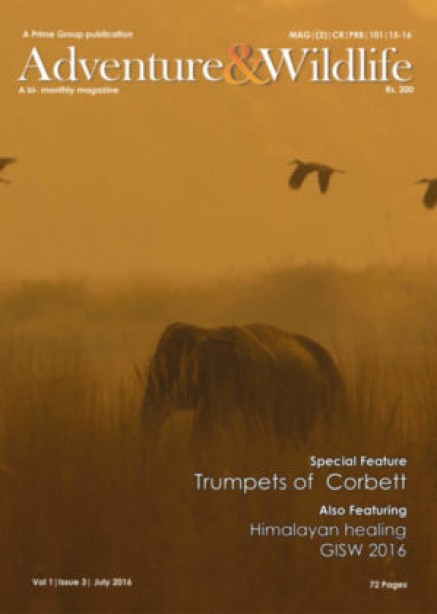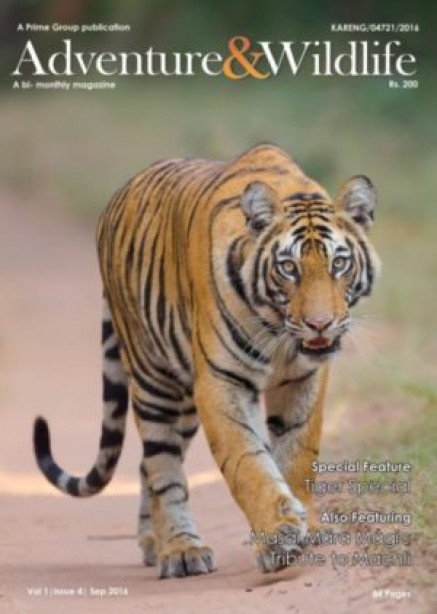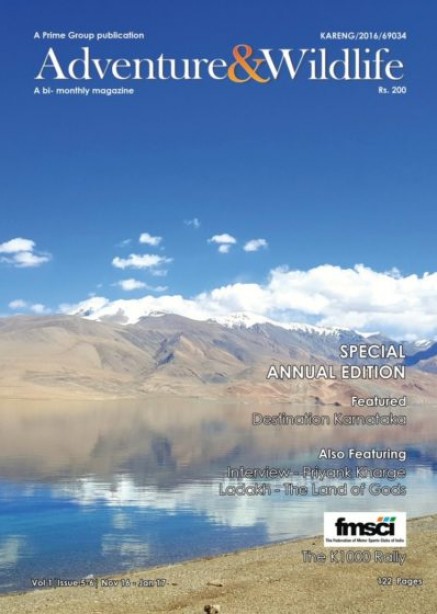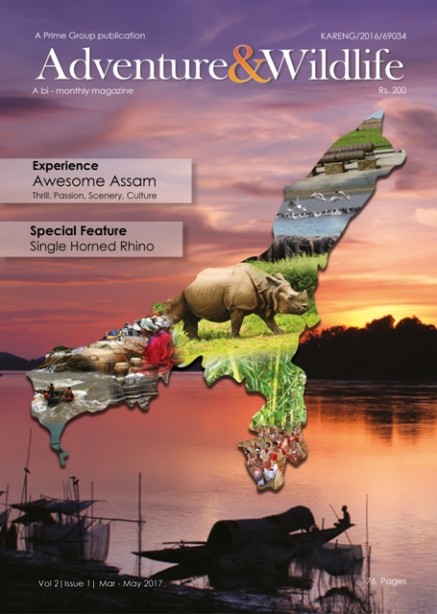
Plastics ‘leading to reproductive problems for wildlife’

Plastics are an increasing cause of concern due to potential sources of chemicals that disrupt hormones and affect the growth and reproductive success of a wide variety of wildlife, according to a new report.
Wildlife in the oceans and on land are subject to cocktails of pollutants known as endocrine-disrupting chemicals (EDCs), but little is still known about how these common substances interact in the environment despite years of research. The increasing problem of plastic waste breaking down in fragile ecosystems is now one of the key areas of research for scientists.
Killer whales with high levels of pollutants known as polychlorinated biphenyls (PCBs), which were used in many plastics before being banned globally in 2004, have shown reproductive problems. A pod off the west coast of Scotland known to have high levels of PCBs has failed to produce a single calf in 25 years.
Animals and birds under increasing threat from plastic waste
Read more
One washed-up orca, given the name Lulu by researchers, was found to have 957mg/kg of PCBs accumulated in lipid tissue, a level 100 times above the threshold of toxicity. Though of reproductive age, Lulu was found to have failed to calve.
“Lulu was barren, as if she was a juvenile,” said Paul Jepson from the Zoological Society of London and a co-author of the paper. “But she should have been in her prime.”
A recent model predicted that orca numbers globally could be halved within a century owing to PCBs to which marine mammals are particularly susceptible because fat-soluble EDCs accumulate in their tissues. Their high-fat milk and long lactation periods means mothers pass more of the toxins to their offspring.
Despite the ban, the presence of PCBs in Europe seems to have stabilised since 1998 rather than declining further, perhaps owing to the chemicals leaching out of landfill sites or the breakdown of plastic and other products in which they were once common.
“We are looking at the possible exposure [of marine life] and evidence of toxicity is still developing,” said Jepson. While evidence abounds of sea birds, mammals and fish with plastic in their stomachs, many of the potential effects of PCBs are still unknown.
‘Stop treating seas as a sewer,’ MPs urge in bid for protection treaty
Read more
While the release of EDCs has been shown to have harmful effects on wildlife populations, the interactions between such chemicals are still largely unknown, according to the paper published on Wednesday in the journal Proceedings of the Royal Society B: Biological Sciences. The paper did not examine the possible effects on human health from the presence of EDCs.
Advertisement
“We do not know what proportion of chemicals are EDCs. There is a very large proportion of chemicals that we use every day that we know very little about,” said John Sumpter, professor of ecotoxicology at Brunel University London and a co-author of the paper. “There is a huge gap in our knowledge. We just do not know what effect they are having.”
Sumpter called for more work on predicting how chemicals interact in the environment, as current methods of testing chemicals after they are produced are too slow, and the interactions between different chemicals in the environment are hard to examine. “We are not very good at predicting what effect chemicals will have on the environment,” he said. “We need to get cleverer, to be able to look at the structure of chemicals and say this is how it will probably interact, based on that structure.”
The endocrine system is the collection of glands that produce hormones, playing a critical role in nearly all biological functions including growth, development and reproduction. Some of the known sources of EDCs, such as PCBs, have been banned, but others are still in operation. These include synthetic hormones such as those used in the contraceptive pill, which has been found to have an effect on wildlife, including feminising certain male fish, even at very low concentrations.


